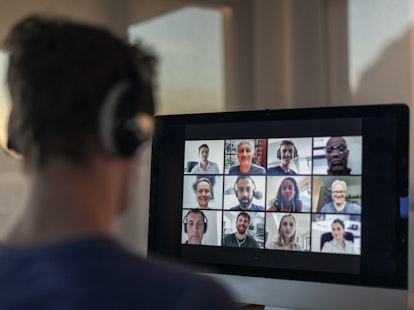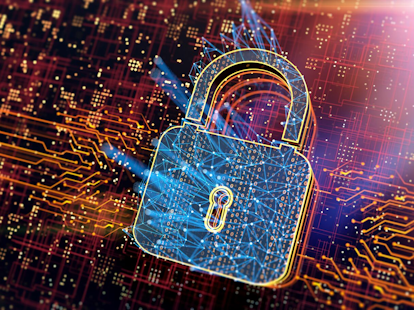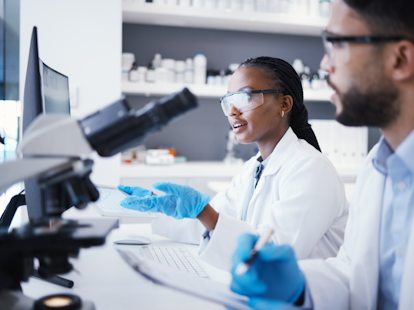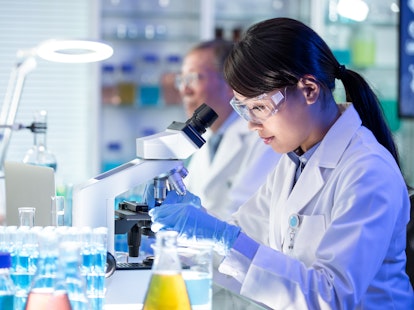A New York transit agency has launched an ultraviolet (UV) light pilot project as part of its efforts to kill SARS-CoV-2, the virus that spreads COVID-19. It is using 150 dual-headed mobile lamps when the subway trains are shut down to eradicate the virus.1 This is just one of the ways COVID-19 is being fought using UV. The same technology is also being used to sterilize cell phones.
The average cell phone carries more bacteria and viruses than a public toilet. Studies have shown that the average cell phone harbors nearly 20,000 bacteria.2 These products accompany us everywhere – home, office, restaurant, toilet, public transport, etc. Just as we are likely to pick up the COVID-19 virus as we go about our daily lives, our cell phones are also going to come into contact with nasty pathogens.
The COVID-19 pandemic has reinforced in the minds of consumers the importance of maintaining hygiene standards. We are constantly reminded to wash our hands with soap and avoid touching our faces. Our cell phone, however, cannot generally be washed with soap and water and yet it is a product that is regularly in contact with our hands and face. It is therefore a potential vector for transmission.
UV-C Light
We are all aware of the damaging effects of too much exposure to sunlight. While we refer to this as sunburn, it is actually radiation damage caused by ultraviolet light.3
UV-C is the short-wave form of UV electromagnetic radiation that is found between visible light and X-rays. It has a wavelength between 100 and 280 nanometer (nm), although commercially available UV-C lights operate between 200 and 280 nm. In nature, this form of UV light is completely absorbed by the ozone layer and atmosphere.4
UV-C, sometimes referred to as hard UV or germicidal UV, can be used to kill germs by stopping them reproducing. Technically, since viruses are not living organisms, UV-C does not ‘kill’ them, instead it ‘inactivates’ them. As living organisms, bacteria is killed by UV-C light.5
While SARS-CoV-2 is a new virus, the research conducted so far by Colombia University suggests that it reacts in the same way as other viruses when exposed to UV-C light.6
Advantages and Disadvantages
Traditional sanitizing procedures for cell phones have involved the use of wipes. While these can clean the surface, they do not necessarily remove bacteria and viruses. If the active ingredient on the wipe has not reached the pathogen, or has failed to inactivate or kill it, then it is still on the device.
A key advantage of using UV products is that they are acknowledged to kill or inactive up to 99.9% of bacteria and viruses. At the same time, these germs cannot become resistant to UV, which they can and have in relation to some antibiotics and antibacterial products.
A second advantage is that once the treatment has been completed, the treated area or product is instantly safe to reenter or use. Finally, unlike some other forms of disinfecting procedure, UV-C lights can be moved from room to room and can be easily fitted into special devices designed to hold the phone during the procedure.7
A key disadvantage is that this form of sterilization works best on flat surfaces. To work effectively, the surface should be cleaned before the application of the UV-C light. Penetration by UV-C light is only superficial, and so it will not reach bacteria and viruses that may be secreted in gaps within the cell phone or in dirt that remains on the surface.8
It should also be remembered that, as with the sunburn caused by staying out in the sun too long, if UV-C light is used incorrectly, it can have a carcinogenic effect.
UV Sterilizers for Phones
For many people, the cell phone has become a constant companion. We lavish time and money on our devices, buying an increasing number of accessories to go with them. In the US alone, the market for cell phone accessories was estimated at USD 28.53 billion in 2018 and its predicted to rise to USD 74.43 billion by 2026.9
Since the arrival of COVID-19 and the increased awareness around hygiene, many people are now buying cell phone sterilizer. Consumers can place their device in a secure box and then subject the phone to a dose of UV-C light.10
These products must, however, be safe, effective, and comply with regulatory requirements. In the US, cell phone sterilizers are regulated by the Environmental Protection Agency (EPA).11 There is no requirement, however, for registration at the federal level, although some states do require registration but not proof of efficacy. The burden of proof with regards to efficacy therefore falls upon the manufacturer. If a product proves to be ineffective, the brand’s reputation will be damaged, and it is possible the failure could allow diseases to spread.
SGS Solutions
SGS offers a range of solutions to help manufacturers access global markets for cell phone sterilizers. Our testing solutions ensure products are safe, compliant, and perform as advertised. Relevant tests include product safety (UL 1431), UV emissions (IEC/EN 60335-2-65), antiviral capabilities of plastics and non-porous surfaces (ISO 21702), UV-C permissible human exposure, anti-bacterial capabilities, bacterial elimination ratio by UV, and the UV bacteriophage test.
Utilizing our global network of electrical and electronic testing laboratories, backed by industry-leading regulatory knowledge, our experts offer a one-stop solution to help manufacturers successfully bring cell phone sterilizing products to their target markets.
For more information, please contact:
Anson Luo
Laboratory Manager
CRS-EEC-Lab Central
t: +86-20-82155302
Robin Lu
PF line manager
CRS-EEC-Safety traditional
t: +86 0755 25328489
Victor Guo
PF R&D manager
CRS-EEC-Safety traditional
t: +86-20-82155381
REFERENCES
1 New York transit agency launches UV light pilot program in effort to kill Covid-19
2 Your phone could have 18 times more bacteria than a public restroom
3 7 Of The Best UV Sterilizers For Phones And Other Household Objects
4 Ultraviolet
5 Using UV light to kill viruses like COVID-19
6 MTA Launches First Ever Pilot with UVC Proven to Kill COVID-19
7 Using UV light to kill viruses like COVID-19
8 How to sanitize your phone and other tech, according to doctors
9 Mobile phone accessories sales revenue in the United States 2017 and 2025
10 7 Of The Best UV Sterilizers For Phones And Other Household Objects
11 Pesticide Devices: A Guide for Consumers



